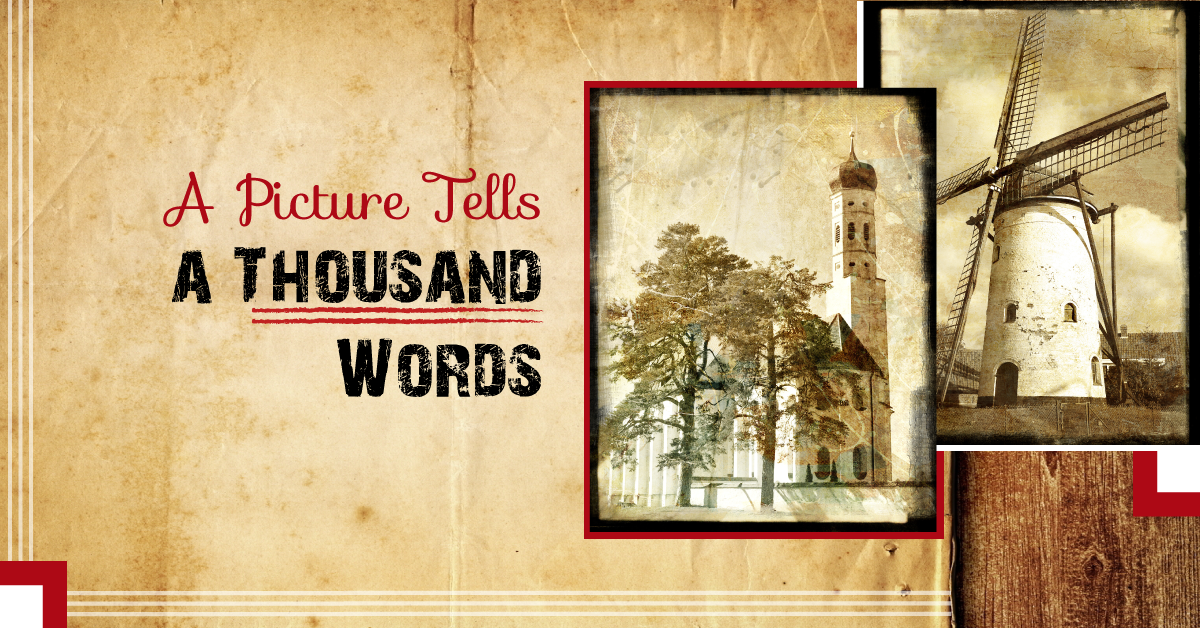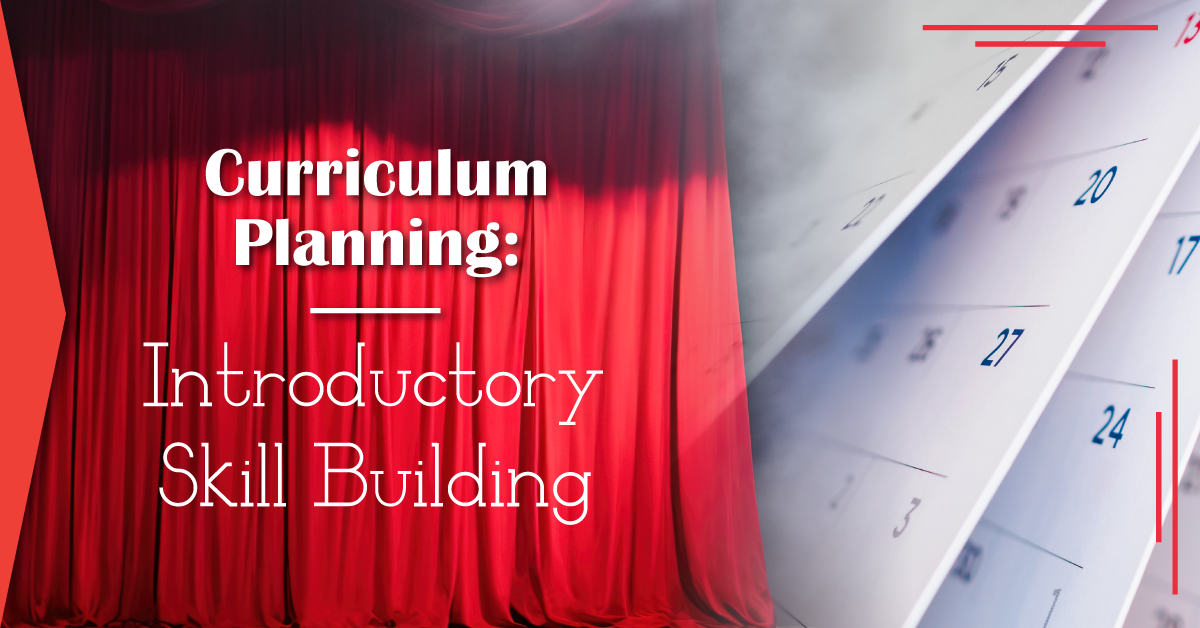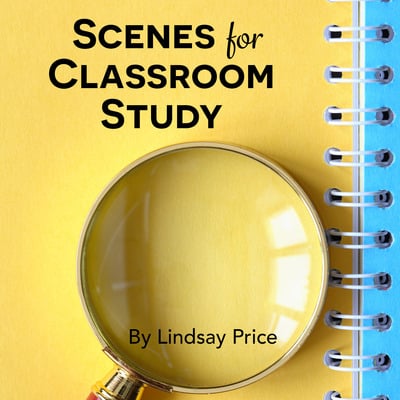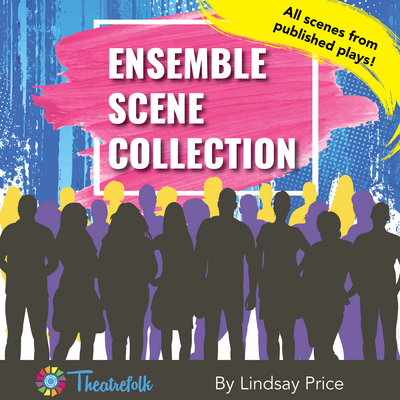Agatha Rex by Lindsay Price is a bold high school take on Antigone - packed with heart, conflict, and a powerhouse ensemble. One girl. One stand. One huge risk. *NEW COMPETITION VERSION AVAILABLE!*
A Picture Tells a Thousand Words: Cross-Curricular Drama Classroom Project
The phrase “a picture tells a thousand words” is pretty well-worn, yet the concept has proven true time and time again. Look at any picture that captures a moment in action – the words needed to explain it could go on for days. Some pictures hold many stories.
Three children sit in front of a pile of rubble. Who are they? Are they related? Where are their parents? What was the building before it was destroyed? What are they looking at? What happens next?
This concept makes pictures an excellent jumping off point for a cross-curricular drama classroom project.
Cross-Curricular Project: History Comes to Life
Objective: To apply dramatic techniques to a moment in history
Description: Students will work in groups to create a short scene. The jumping off point for the scene will be a photo that shows an unexpected moment in history.
Materials: Students will need access to the internet to find photos on their own, or you will have to find a variety of photos and present them to the class.
Instructions:
1. Divide Students into Groups
Depending on your class size, keep the groups small (3-4 people).
2. Choose a Picture
You can either have students choose their own photo or (if they aren’t allowed internet access) you’ll have to choose pictures for them and print them off.
The requirement for the picture is that it has to take place during a historical event (a war, an invention, a significant era like the Depression, a significant person like a world leader).
A few interesting sites that showcase unique historical pictures:
- 40 Must See Historic Moments
- 40 Rare Historical Photos
3. Brainstorm on the Picture
Have each group write down their impressions, ideas, comments, and questions about their chosen picture. Remind students not to think ahead to the final project just yet. Focus on responding to the picture. Also, reject nothing. Accept everyone’s thoughts on the picture and write them down. Brainstorming sessions go awry when students start to censor or judge ideas as they come in. The best method is to write everything down without judgement.
4. Write an Inner Monologue
Before they start working on their scene, give students a short monologue exercise. Have them choose a person in the photo, or (if there are no people) choose the photographer. Write a short, half-page inner monologue. What is this person thinking in this moment? What do they see? Who could they be talking to in their mind (a parent who’s not there, a loved one, an enemy, another person in the picture)? It’s always better when a monologue has a listener, even if that listener can’t hear what’s going on inside a character’s head!
This is an individual exercise. Once completed, have students share their monologues in their groups.
5. Decide the WHO, WHAT, and WHERE
Now that groups have a picture, brainstorm suggestions and a number of monologues. The first step in creating the scene is to come up with the who, what, and where. The criteria is as follows:
- Decide the WHO. Who are the characters in the scene?
- Everyone in the group has to be in the scene.
- The characters in the scene could be from the picture, but they don’t have to be. They could be watching the scene from behind “the photographer.”
- Identify the WHAT. What is happening in the scene? Remind students that they are illuminating the picture. What are the words that bring the picture to life?
- Identify the WHERE. Where does the scene take place? It might not be clear in the picture. Make sure the scene has a specific WHERE.
6. Write the Scene
Have students work together to write a 1-2 minute scene based on their WHO, WHAT, and WHERE. Students might need to do some additional research if the historical moment is unfamiliar to them.
7. Rehearse
Give students time to rehearse. Depending on the length of the project, this could simply be a well prepared staged reading, or it could be a memorized and assessed performance.
8. Perform
After each group performs their scene, show the rest of the class the picture they used. Ask students what they see in the picture and how the scene illuminated the historical moment.
Related Articles
Scenes for Classroom Study
by Lindsay Price
Scenes for Classroom Study consists of scenes from published Theatrefolk plays and is designed to help with character study, scene work, substitute teachers, performance, Individual Event competitions and so much more.
Ensemble Scene Collection
by Lindsay Price
Looking for quality scenes for your ensemble that haven't been done a million times? This Ensemble Scene Collection contains 33 scenes from published plays - great for competition and classwork!





